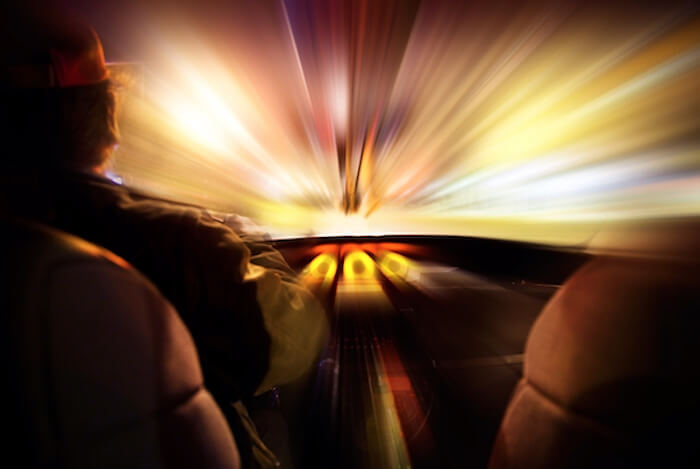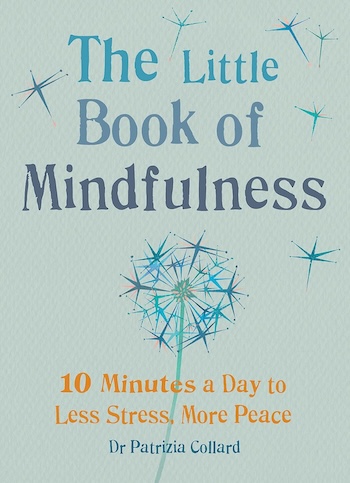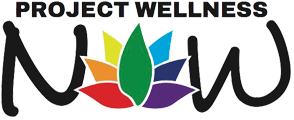By Elizabeth Reninger
What Trekkie doesn’t love the imaginary leap to warp-speed: seeing and hearing the Starship Enterprise accelerate into territory “where no one has gone before” – even if it is (at least for now) just science fiction. But you don’t have to be a Trekkie to wonder: what would it be like to travel that fast — faster than the speed of light?
OUR ACCELERATING WORLD CULTURE

Our human history on planet Earth is, in large part, defined by our enthusiasm — at times bordering on obsession — with going faster:
* From traveling on foot; to horse-and-carriage; to automobile and motorcycle; to puddle-jumper plane; to transatlantic jet; to rockets orbiting the earth and then traveling to the moon: our modes of transport have progressed steadily from ploddingly slow to fast to even faster.
* From the first clunky-slow computer, to our lightning-fast phones, tablets, and laptops today: our modes of communication and information-processing have also progressed from slow to fast to nearly instantaneous.
* And at least from the advent of the Olympic Games — around 2,700 years ago, in honor of the Greek God Zeus – runners have made a sport out of moving faster and faster. And the results have been nothing short of remarkable:
Kenyan distance-runner Elide Kipchoge – at the Nike Breaking2 race at Monza motor racing circuit in Italy – recently finished a marathon in 2 hours and 25 seconds: making very real the possibility of breaking the two-hour barrier.
And sprinter Usain Bolt – appropriately nicknamed “Lightning Bolt” – currently the reigning world and Olympic champion, has posted astounding times in three separate events: 100 meters (9.58); 200 meters (19.19); and the 4 x 100 meters relay (36.84).
THE PLEASURES & PRACTICALITY OF GOING FOR GOLD

So what’s the source of this desire to test and challenge and surpass our perceived limits, again and again … and again? And is this yearning to travel faster and faster necessarily a good thing? When is it healthy – for an individual, a society, or a planet – and when is it detrimental to our individual or collective health?
A metaphor frequently invoked to portray the downside of our fast-paced technologically advanced culture is that of a hamster spinning and spinning on its wheel: This is the “rat race” that so often we feel overwhelmed by, and seek to escape.
But there’s also a clear upside to speed. When it’s a machine that we’re considering, for instance – a car, a jet, a rocket, or a computer – speed is equated with practical efficiency: the capacity to do more in less time – which in most contemporary cultural contexts is a highly valued commodity.
When we consider the “machine” of a human body-mind, the answer becomes a bit more nuanced because, well, a human being is (most of us would agree) more than just a machine!
There’s a genuine pleasure that we derive from the pursuit of excellence: in striving for something like “perfection.” In the realm of running or other athletic endeavors, this means finding ways to move the body with greater and greater speed, strength or agility (with or without the assistance of a horse, a car, a plane, or a rocket). In the realm of intellectual or artistic pursuits, it means cultivating mental-emotional strength and flexibility.
BEING IN THE ZONE
And then, every once in a while, there’s a breakthrough – into what athletes refer to as “the zone” of effortless flow — where previous barriers instantaneously dissolve.
Being “in the zone” means being anchored in and nourished by a still center — in the midst of even the most intense activities. How do we access “the zone”? It’s a bit of a mystery, though mindfulness training is one tool that tends to activate this connection to our still center. According to mindfulness teacher and neuroscience consultant Shinzen Young, any activity that we undertake will be performed more effectively (and more joyously!) when we engage in it mindfully.

WHERE NO ONE HAS GONE BEFORE
The idea of “jumping to warp-speed” works very nicely as a metaphor to describe the exhilaration of such a timeless moment of being “in the zone”: when struggle turns into ease when agitation becomes spacious joyful peace – and the trail beneath our feet might as well be the entire galaxy, through which we’re now effortlessly gliding – with the Starship Enterprise (and a wink from Captain Picard) there in our wake ?
So now, returning to the questions with which we began this essay:
When is speed bondage? — When we identify a bit too rigidly with our human body or mind – and believe that lasting peace and happiness depends upon the performance of the body or mind.
When is speed liberation? — When we don’t lose touch with the spacious, silent, and unchanging stillness at the core of our being. Then the body and/or mind can be moving either slowly or quickly — but we remain spacious and at ease, within our essential identity.
Are you ready to take the leap to warp speed: to transcend perceived limitations in your work, relationships, health, or fitness? If so, all of us at Project Wellness Now are here to guide and support you!
ABOUT THE AUTHOR:
Elizabeth Reninger is a poet and longtime yoga practitioner. She holds a Master’s degree in Oriental Medicine, and is passionate about creating harmony at the level of the body and mind, and enjoying our shared essence as Pure Awareness. To learn more about Elizabeth’s work/play, please visit her website: elizabeth-reninger.com
YOU MAY ALSO LIKE:
VEGAN RED BORSCHT RECIPE
Vegan red borscht is a vibrant and flavorful soup that brings together the rich, earthy taste of beets with an array…
HOW TO SLEEP BETTER AT NIGHT AND WHY IT MATTERS
Perhaps you’ve thought of rest and relaxation as a luxury or getting 8 hours of sleep for the lazy, but science…
WISDOM & COMPASSION: THE TWO “WINGS” OF YOGA PRACTICE
By Elizabeth Reninger In the same way that a bird requires two wings in order to fly, a human being requires…
WHAT ARE CHERRIES GOOD FOR?
Cherries are packed with healthy nutrients, minerals, vitamins, and antioxidants. Their low-calorie content makes them a perfect snack that you can…
HEALTHY RELATIONSHIPS: WHAT’S LOVE GOT TO DO WITH IT?
By Elizabeth Reninger Healthy relationships are an important component of a balanced, nourishing, and overall healthy lifestyle. So what makes a…
DENTISTS WEIGH IN ON WHITENING YOUR TEETH WITH CHARCOAL
YouTubers abound who swear by it. Others are fascinated by it but skeptical about whether it works. Still, others want to…








